- Which coupon will save you the most money?
- Will both coupons always save you the same amount?
- How can we tell which coupon will save us more money?
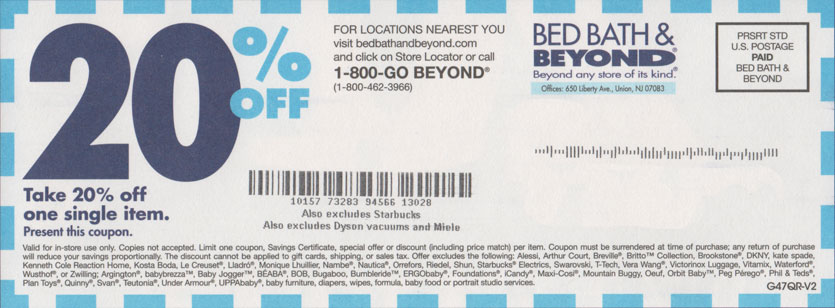
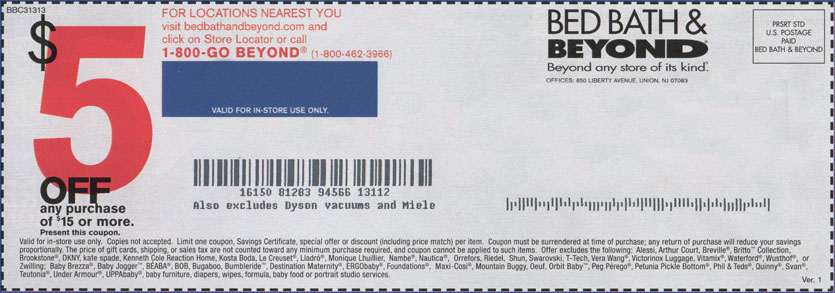
This coupon problem differs from the Michael’s coupon problem in one important way: it can be figured out before knowing what you are purchasing. Here is how it breaks down:
- If you are spending less than $15 total, you cannot use the $5 off coupon so you should use the 20% as it is your only choice.
- If your highest priced item is $25, then both coupons will save you exactly $5 so you can use either coupon.
- If your highest priced item is between $15 and $25, then the 20% off coupon will save you less than $5 and you should use the $5 off coupon.
- If your highest priced item is more than $25, then the 20% off coupon will save you more than $5 and you should use the 20% off coupon.
It will likely be challenging for students to reach this conclusion without having scenarios to play out. So, I have included four items from the Bed Bath & Beyond website for students to play around with. Note that I have specifically chosen an item that is less than $15, an item that is between $15 and $25, a $25 item (whose price I PhotoShopped), and an item that is more than $25.
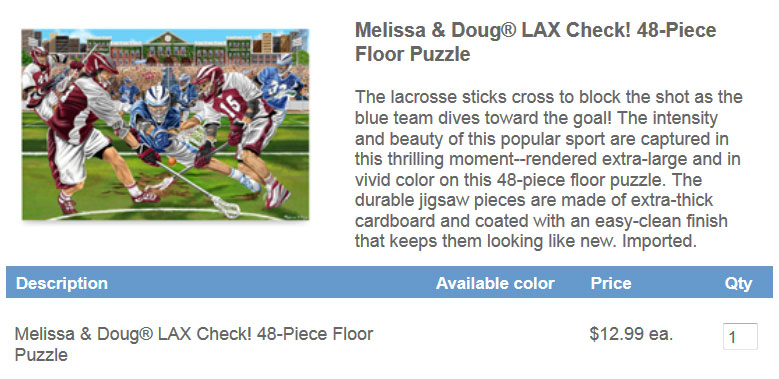
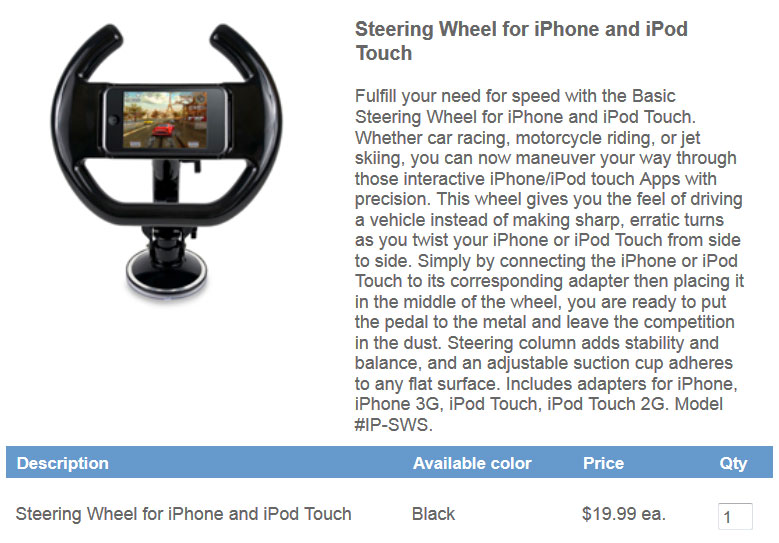

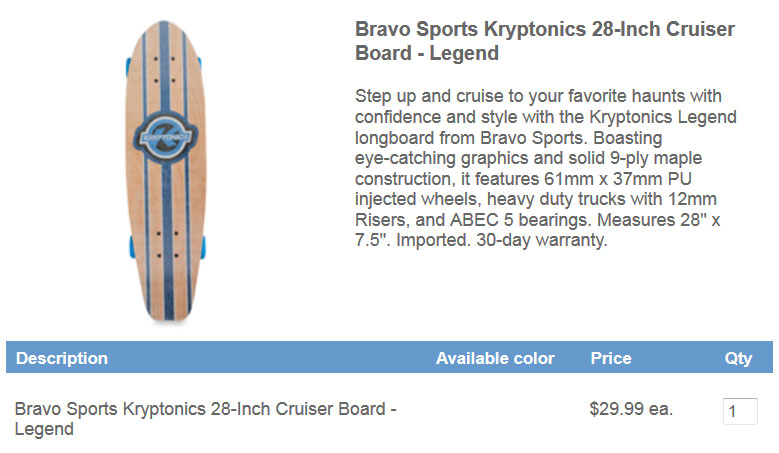
Consider having students start off by pretending to buy each of the items separately and determine which coupon is best. If that isn’t enough to bring out the full list of when the coupons should be used, you could have them buy pairs of items and see how that affects their decision. It might also come out during a discussion that the $5 off coupon is 33% off $15 but the more you spend, the lower the percentage you save.
As an extension, the reality is that Bed Bath and Beyond will accept multiple 20% off coupons in one purchase. How will that affect your coupon choice?
- Low
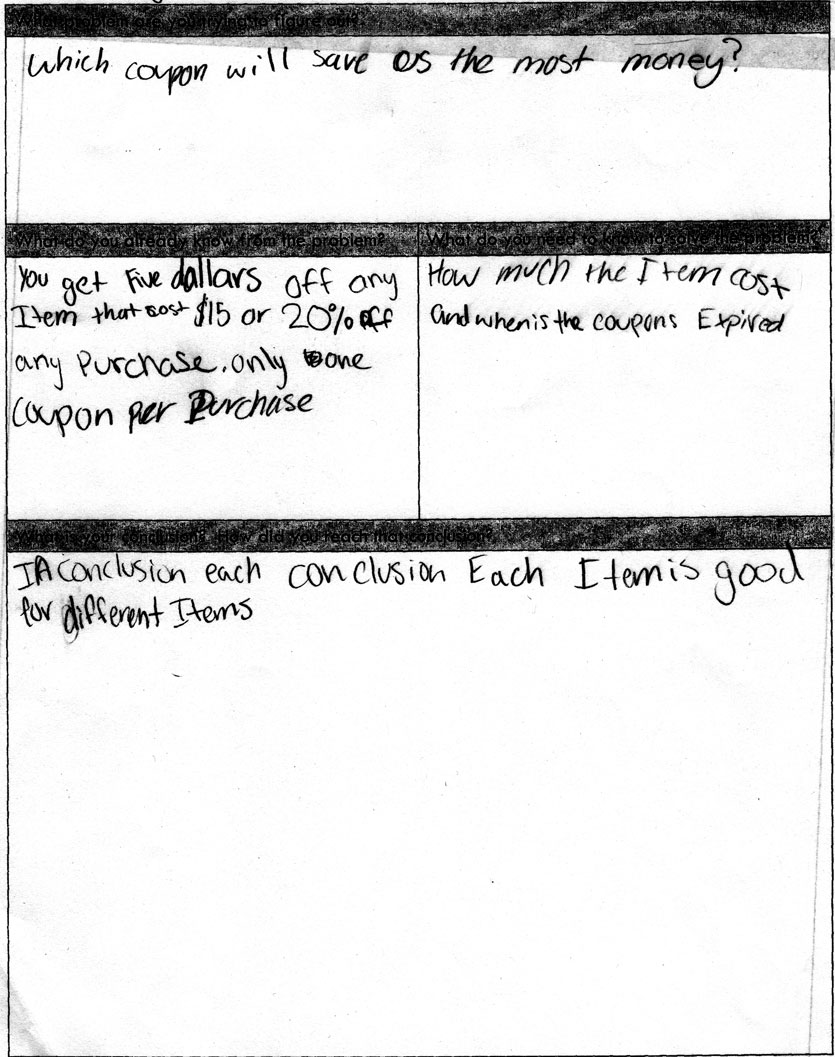
- Medium
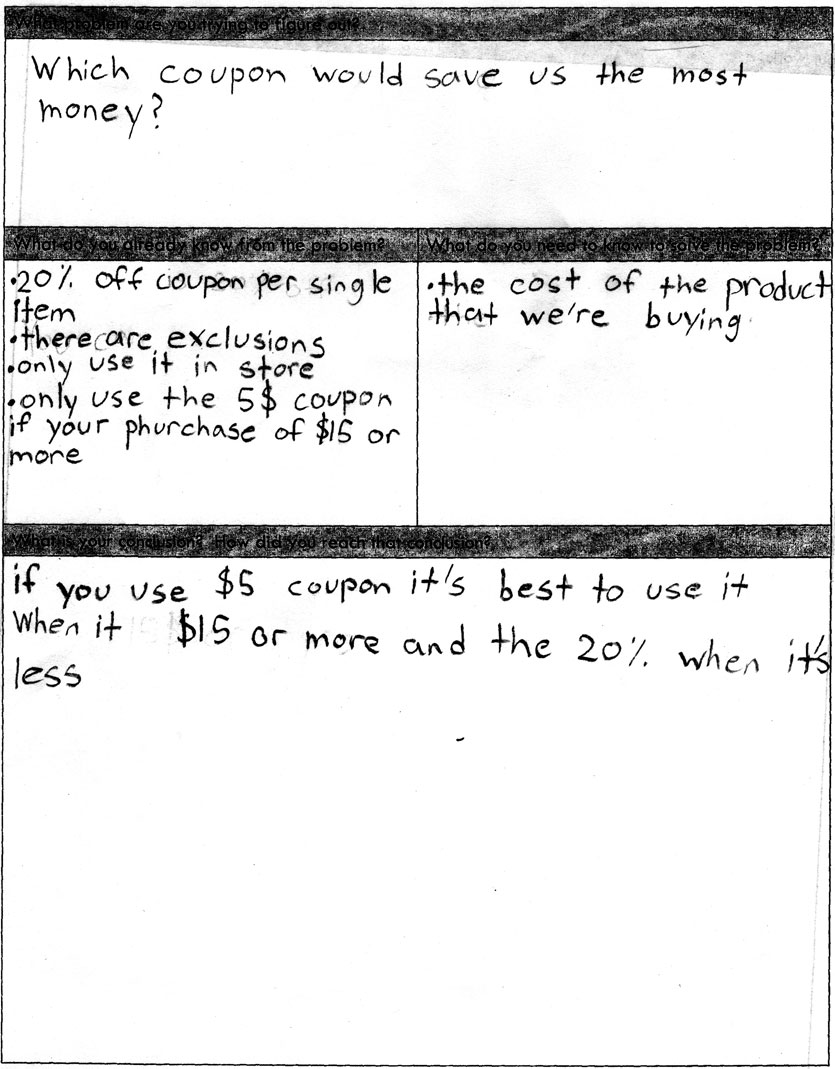
- Medium
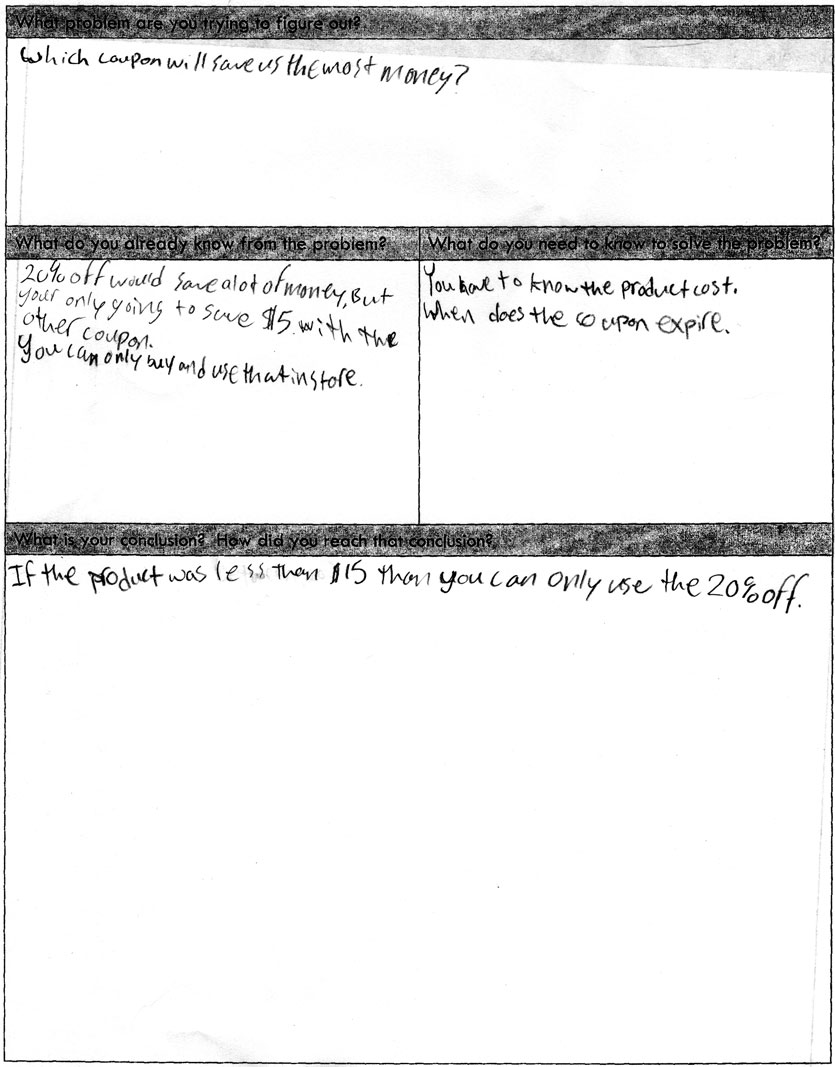
- High
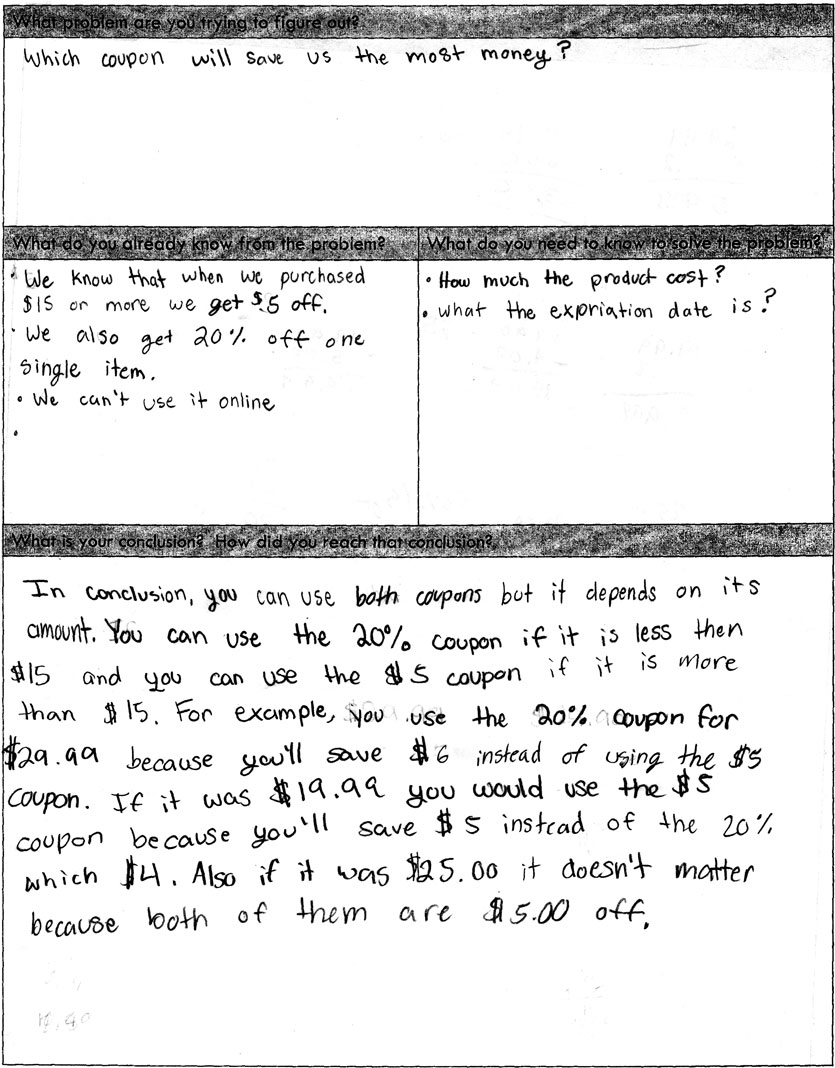
- High
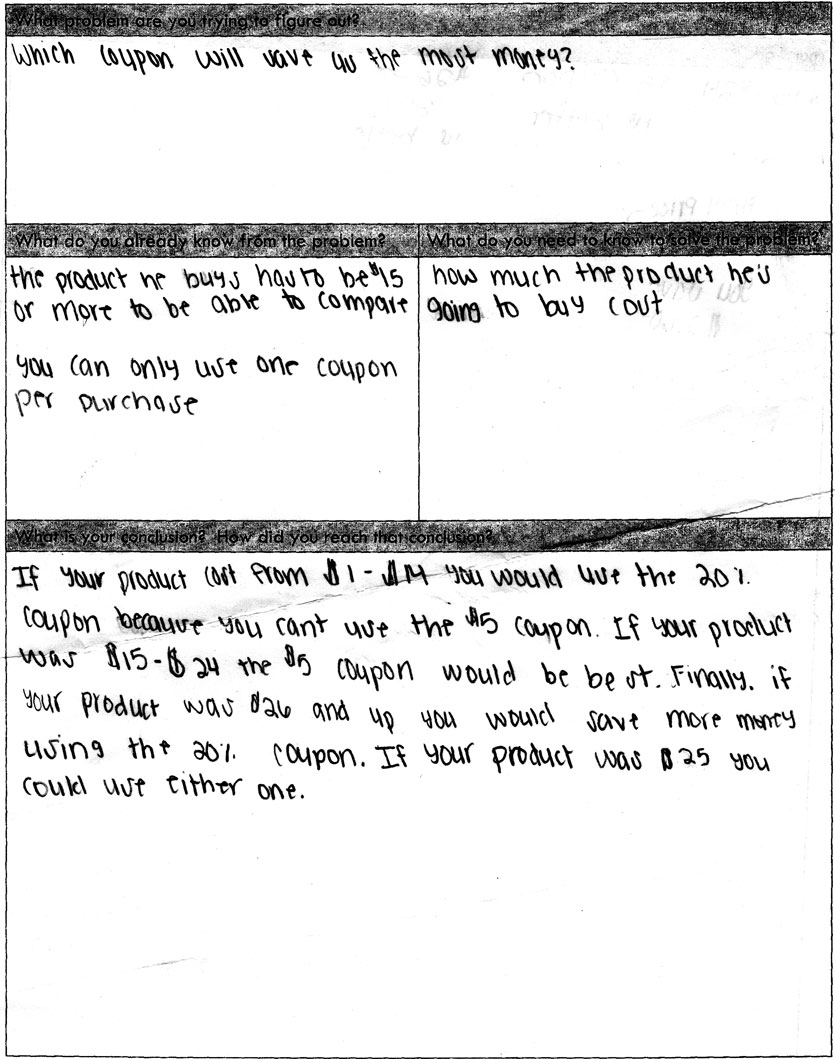
- CCSS 7.RP.3 Use proportional relationships to solve multistep ratio and percent problems. Examples: simple interest, tax, markups and markdowns, gratuities and commissions, fees, percent increase and decrease, percent error.



I like this activity. I does get students to think and compare possible results.
Thanks Roberta.
I am excited to use this with my 6th graders during our ratio, rates and percentages unit. I have used coupons for the students to find savings and percentages. However, I have never done it in this way. I think my students would benefit from doing this activity and in a more real life experience.
Hope it went well, James.